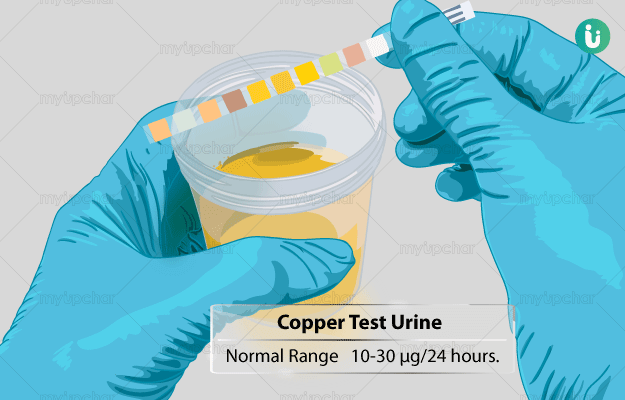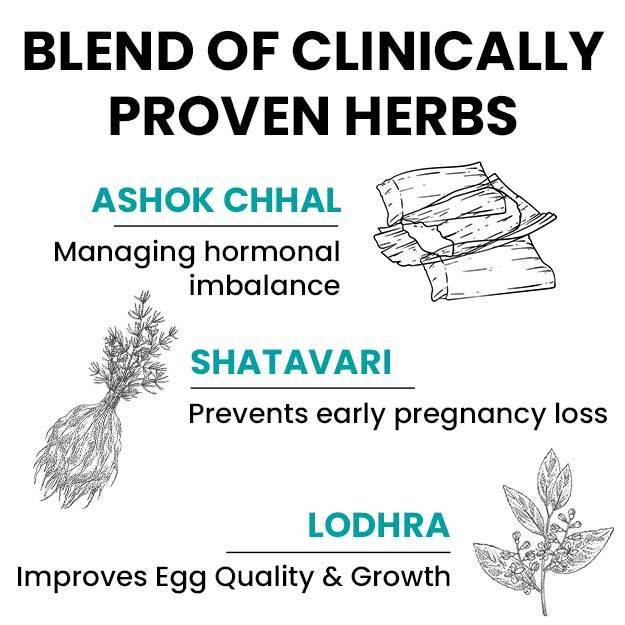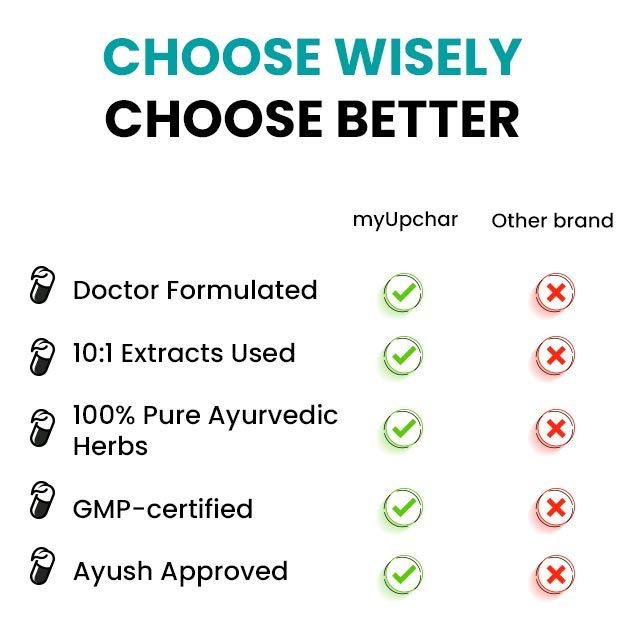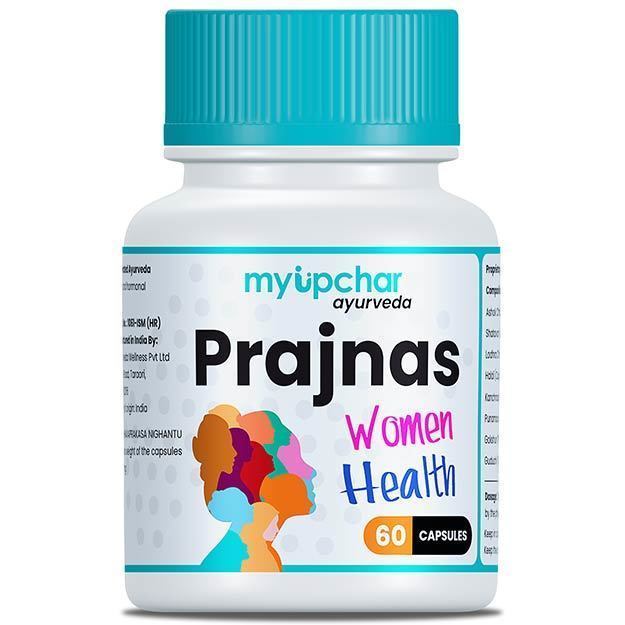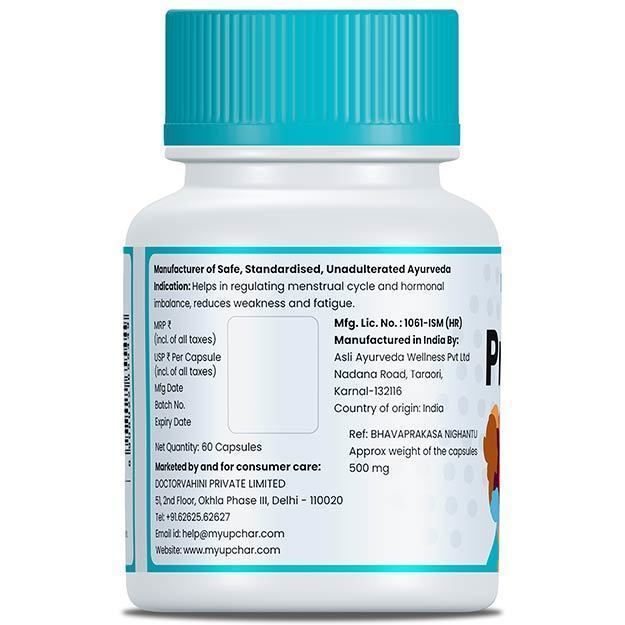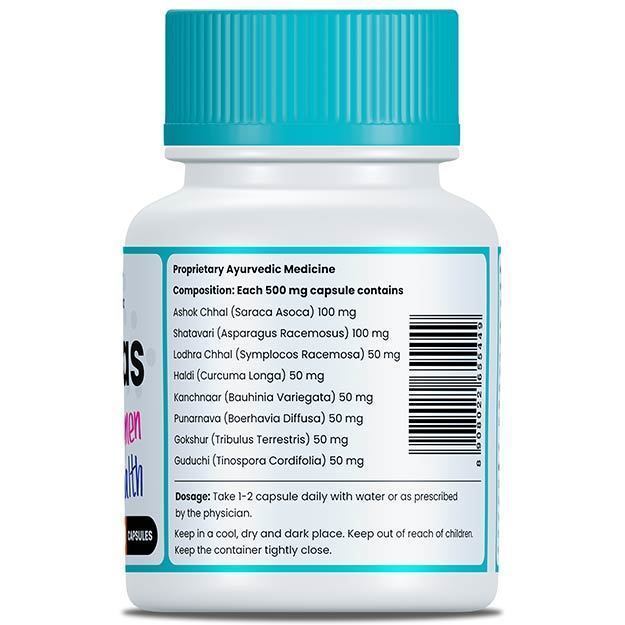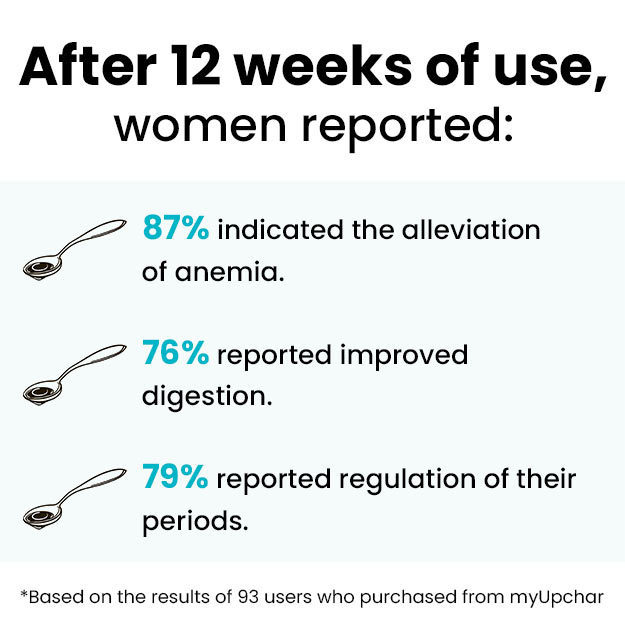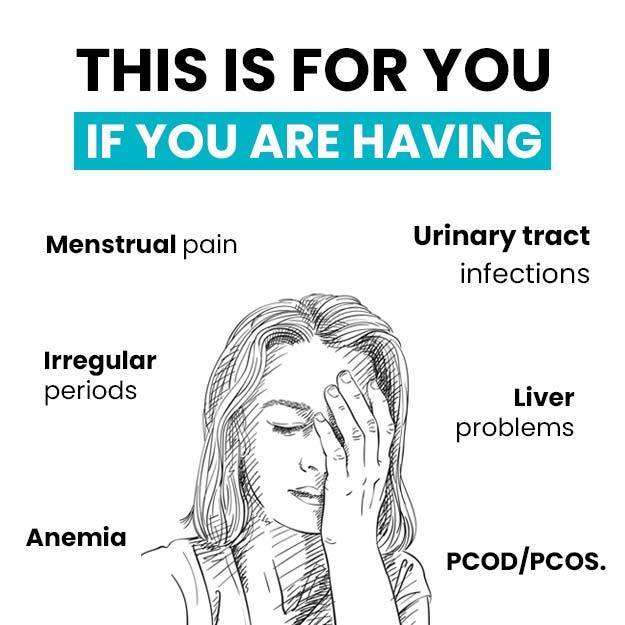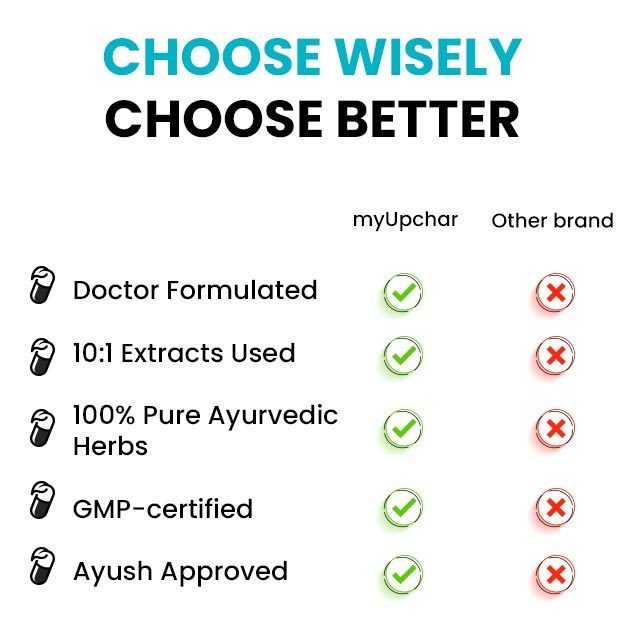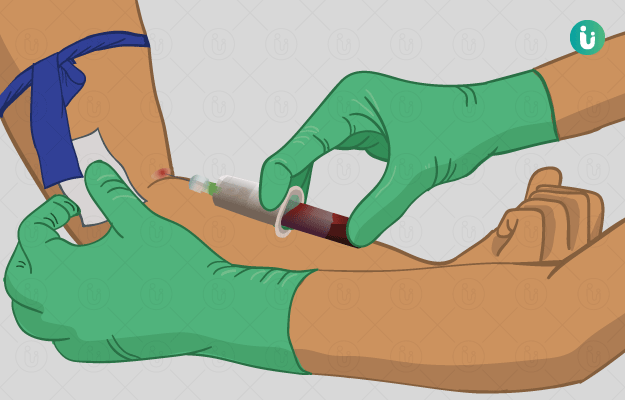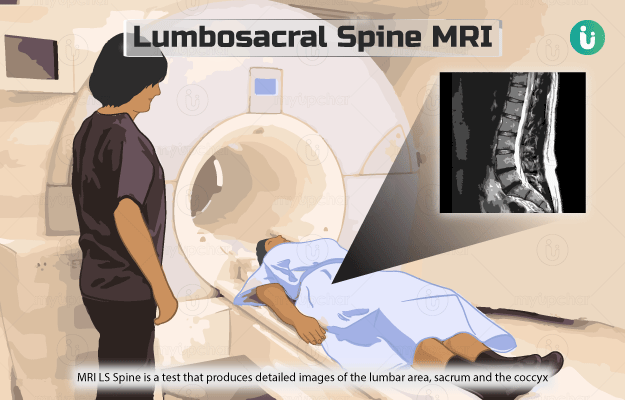What is Copper Urine test?
Copper is an essential metal that is needed for the formation of bone, connective tissue and a skin pigment called melanin. It also plays an important role in the formation of red blood cells and helps in the absorption of iron from food. Primarily stored in the liver, copper travels in blood bound to a protein called ceruloplasmin and excreted out through urine.
Increased copper urine levels are usually associated with a rare genetic disorder known as Wilson’s disease. It may also be an indicative liver or kidney dysfunction. A copper urine test is used to detect the amount of copper in the urine to diagnose any of the above-mentioned conditions.
It is generally advised if the copper blood test results are abnormal or unclear.

